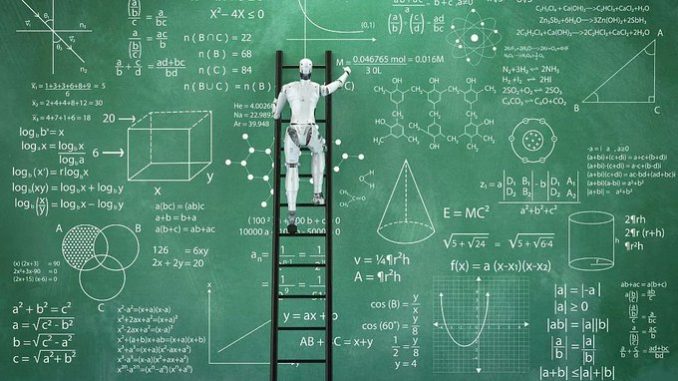
OpenAI, the company behind the popular chatbot ChatGPT, has crunched the numbers on different jobs’ exposure to artificial intelligence (AI) – and those numbers are eye-opening.
Using its latest machine learning language model (LLM), the recently released GPT-4, as well as human expertise, researchers investigated the potential implications of language models on occupations within the US job market.
While the researchers stress the paper is not a prediction, they found around 80 per cent of the US workforce could have at least 10 per cent of their work tasks affected by GPTs, or Generative Pre-trained Transformers.
Around 19 per cent of workers meanwhile could see at least 50 per cent of their tasks impacted.
The paper, which was authored by researchers from OpenAI, OpenResearch, and the University of Pennsylvania, examines the « exposure » of work tasks to AI – « without distinguishing between labour-augmenting or labour-displacing effects ».
The researchers defined “exposure” as a measure of whether access to a GPT-powered system could reduce the time it takes for a human to perform a specific work task by at least 50 per cent.
Which jobs are most ‘exposed’?
For the study, human experts and the AI separately worked out the exposure of different occupations. The language model labelled 86 jobs as « fully exposed ».
Fully exposed doesn’t mean the tasks can be fully automated by these technologies the authors note – but it means they estimate GPTs could save workers « a significant amount of time completing a large share of their tasks ».
Humans labelled 15 occupations as fully exposed, while the language model labelled 86 as fully exposed.
The occupations that the humans found were 100 percent exposed are:
